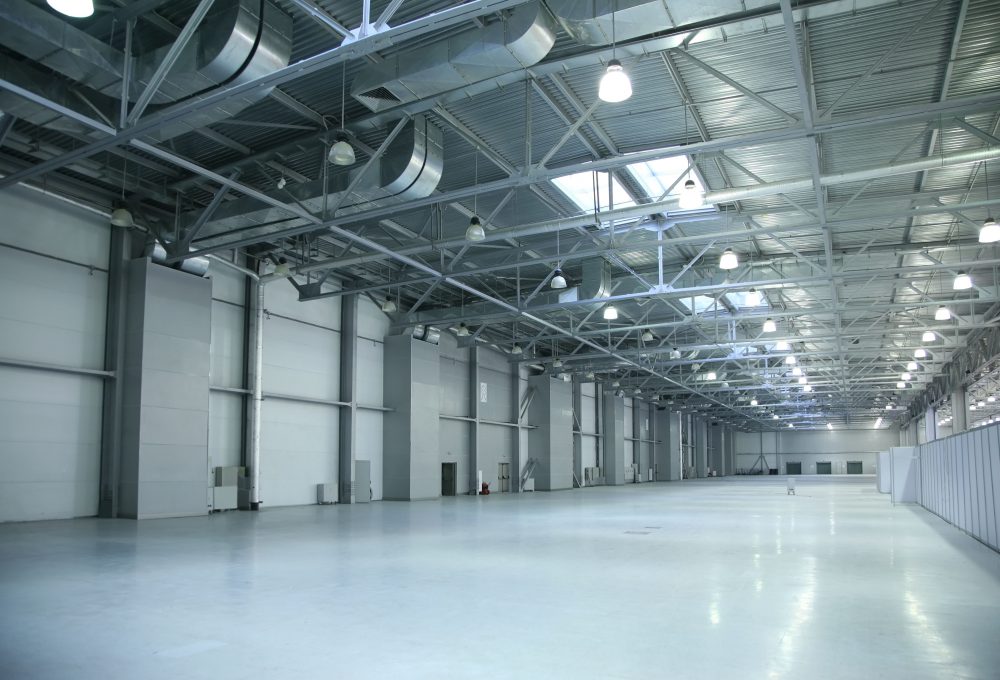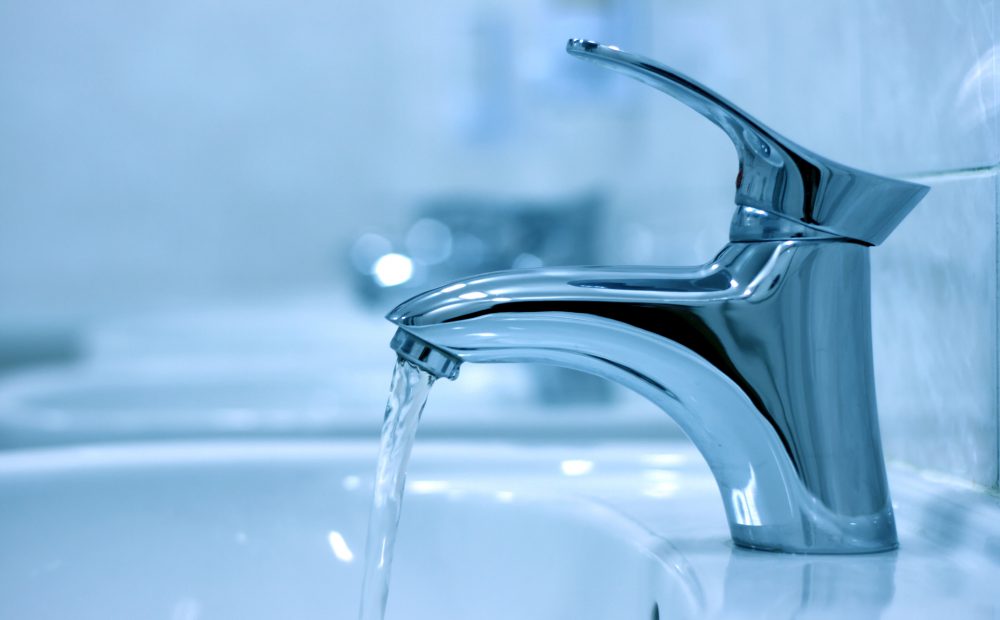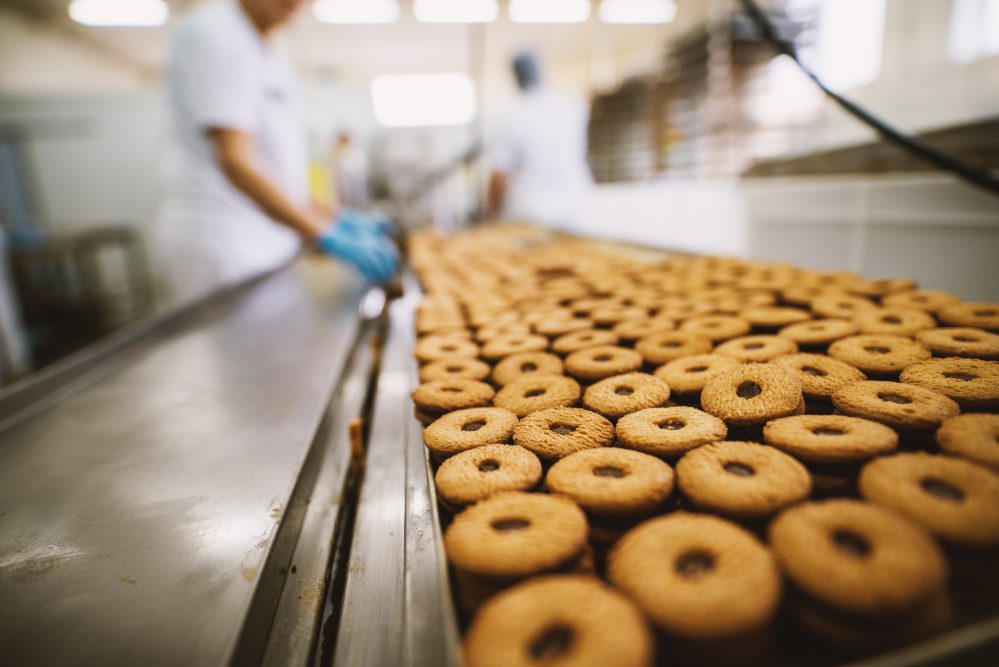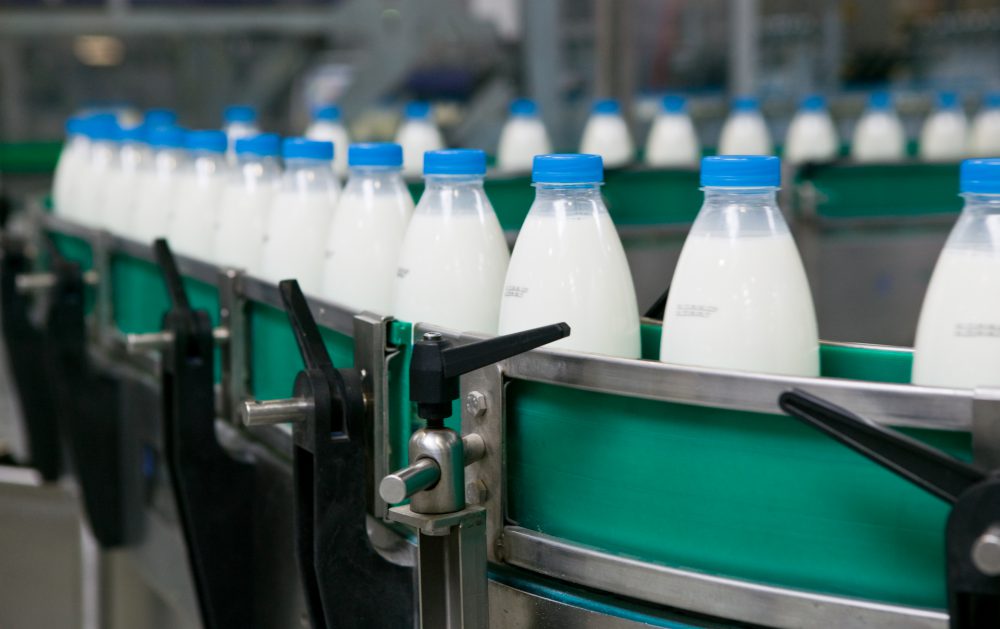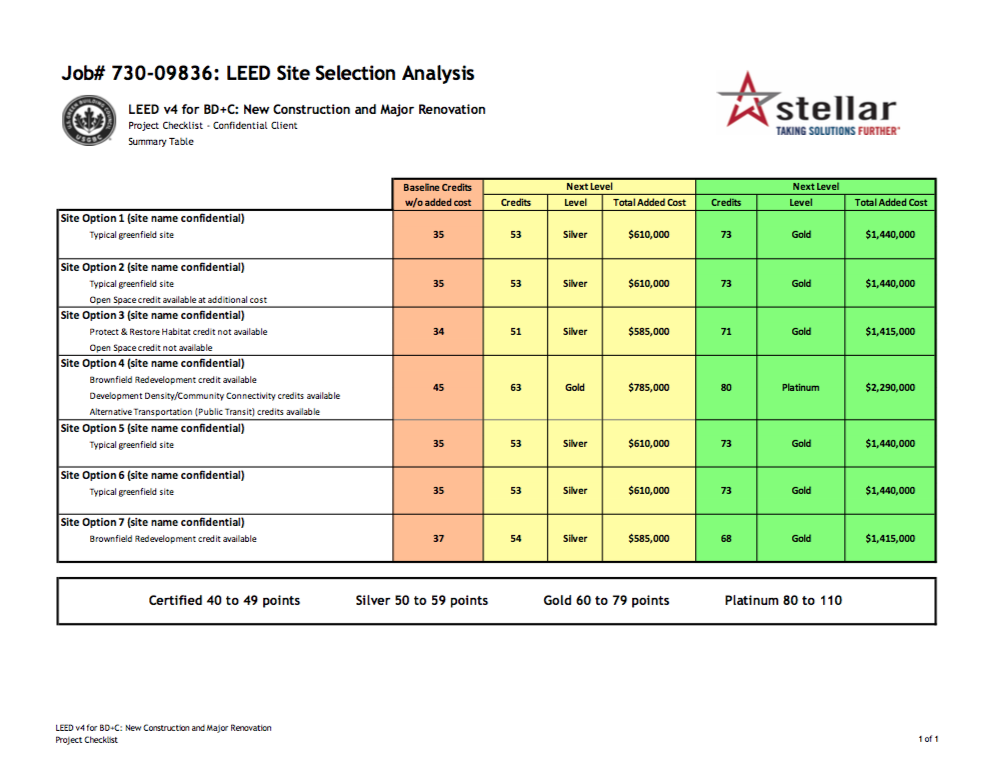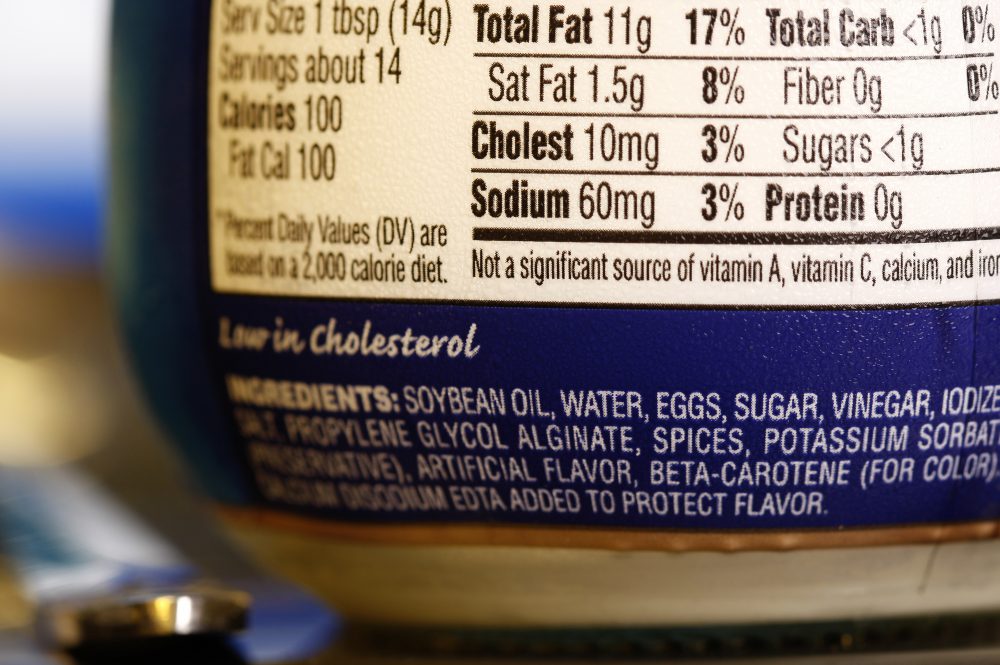Food Plant Sanitation: Choosing Flooring, Walls, Ceilings and Doors to Improve Food Safety
Whether you’re designing a new food and beverage facility or renovating an existing one, it’s important to consider the materials you choose for to surround your processing — literally.
When it comes to food safety, these features sometimes get less attention than other factors — such as equipment, ingredient storage/segregation and product handling — but they can be a plant’s Achilles heel if ignored.
Today, we’re going to look at the best practices when selecting materials for your facility’s flooring, walls, ceilings and doors.



